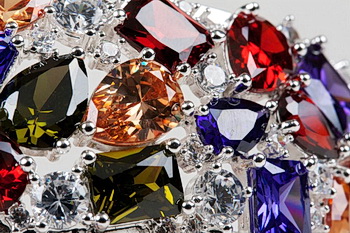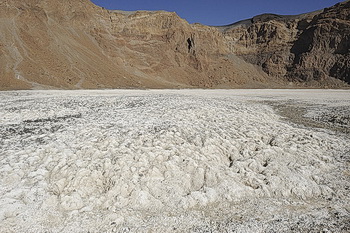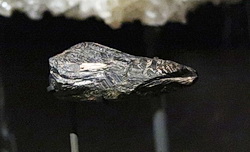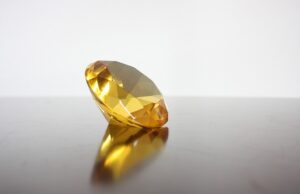Craters are circular depressions caused by the high impact of planetary bodies (meteorites, comets etc.) that crash on Earth. The arbitrary patterns that we see on the moon are actually craters. Our planet also has this geological feature but not in the abundance that we see on extraterrestrial bodies.
Besides having an extraterrestrial connection, a very few craters are known for their rich mineral content. There are around 128 small and large craters on the earth’s surface but only six of them have a noteworthy mineral presence.
In this article, we are going to discuss one of the largest craters of our plant and how its creation led to the formation of an entirely new class of extremely rare minerals.
Woodleigh Crater: Australia’s Largest Impact Crater
Woodleigh Crater is located in Western Australia, created by a meteorite impact that occurred millions of years ago. It was relatively a newly found crater discovered just 19 years ago. Geologists initially estimated that Woodleigh had a diameter around 74 miles.
Later on, another research team claimed that its diameter was not more than 37 miles. The exact diameter of Woodleigh is still under research.
Even if we take the later finding into consideration, Woodleigh will still be one of the largest craters on the planet. It is indisputably the largest crater of Australia. The age of the crater is believed to be 300 million years old. In other words, 300 million years ago a meteorite collided with the terrestrial surface that now comes within Western Australia. It was the period when the dry land is predominantly covered with plants and the evolution of sharks who just started evolving in the oceans.
Reidite Discovery in Woodleigh Crater
There are some preset geological activities associated with the discovery of any crater. At the outset, researchers try to determine the age of the discovered depression. Secondly, they try to estimate the size of the celestial body that caused it by determining the radius of the depression. In some cases, they also try to make the mineral profile of the discovered region. It depends on how much relevant authorities are interested in the given project.
Before the accidental discovery of reidite, Woodleigh Crater was also one of those sites where geologists were only trying to determine the age of the meteorite. Reidite is an extremely rare mineral only found on six sites around the world. This exceptionally rare specimen is actually a re-crystallized form of zircon, which is a widely available silicate mineral. Reidite is formed when zircon undergoes an extreme pressure change.
As we know, diamonds are formed when carbon deposits experience certain high-pressure conditions underneath. Reidite is also formed through the same process when zircon undergoes extremely high-pressure changes. However, the pressure required for the formation of reidite is exponentially higher than that of what is required for diamond formation.
Earth’s atmospheric pressure is 1 atm and reidite formation takes place at a whopping 300,000 atm. Scientists believe that geological processes going in the Earth’s crust can’t generate such tremendous pressure. This leads to the conclusion that reidite can only be formed under the great pressure and shock waves generated when a hypervelocity meteorite collides with the earth surface. The rarity of reidite and its discovery from Woodleigh Crater have also substantiated this assertion.
The rearrangement of the zircon molecules to form reidite is akin to stuffing a space dedicated for 20 people with an additional 20 more. Geologists haven’t recorded such tremendous re-crystallization with any other terrestrial mineral specimen since then.
Discovered by Chance
Reidite is a mineral so rare that there is not even enough amount of it that can be used in multiple studies. It is not a mineral for which geologists would particularly devise a prospecting plan. So, the discovery of reidite from Woodleigh was also an accidental event. Undergrad students who were studying the crater for its geological features and the connection with the meteorite actually stumbled upon a specimen that had some reidite traces.
What Does the Reidite Discovery Mean?
From a gemological standpoint, there is nothing much to say about the recent reidite discovery. The mineral is extremely rare and can’t even be prospected for the sake of collection. However, the discovery has more implications regarding the geological history of our planet and how extraterrestrial phenomena have impacted it over time.
Possible Uses of Reidite
There are really slim chances that reidite can ever be found to have any commercial significance. Nevertheless, reidite specimens can be used for the same purposes as zircon. Reidite is 10% denser than zircon and also has better hardness measurement. This means reidite specimens would be suitable for the manufacturing of abrasives and refractories.
Crater Mining Is Not an Issue
Geologists don’t worry about crater mining while deciding the commercial viability of a mineral. Craters in Canada and South Africa have abundant deposits of nickel and gold and miners excavate these minerals from there like any other mining site. However, the lack of commercial incentive and the extremely rare nature of the mineral are major reasons for companies not wanting to spend their resources on the prospecting of reidite.
Synthetic Reidite
Scientists have also tried to synthesize reidite in labs, but they couldn’t get a completely identical specimen. Again, with no commercial value in sight, companies are not pretty much interested in creating reidite in Labs.
Zircon: the Parent Mineral of Reidite
Zircon is a silicate mineral abundantly present in the earth’s crust and has many uses. It’s fine and colored specimens are used as gemstones. Blue zircons are the most common gem-grade stones in the category. It is also found in a colorless crystallized form which is polished and faceted to produce low-priced diamond alternatives.
In addition, its opaque specimens have many commercial uses as well. For instance, the white zircon deposits are processed to make pigments and whitening agents. It is really fascinating how a meteorite impact has transformed a widely available zircon into one of the rarest geological specimens.

 Photo
Photo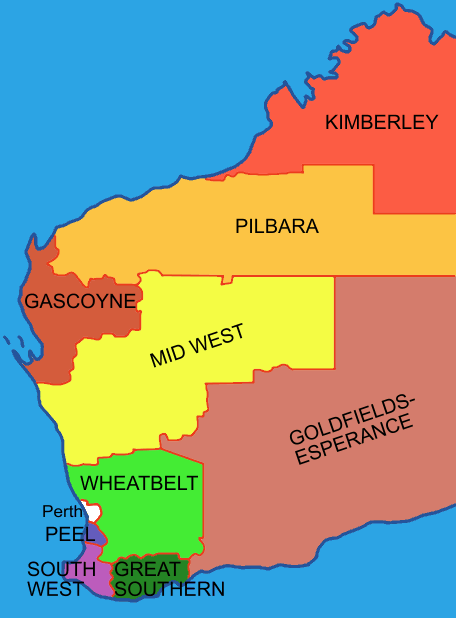
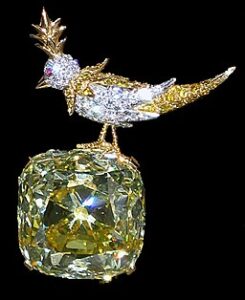
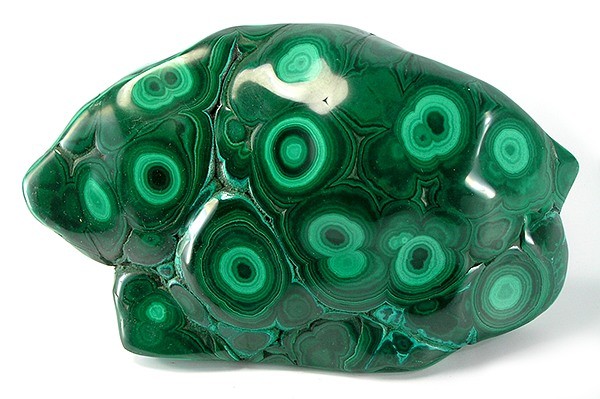

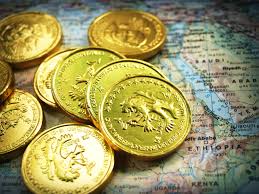





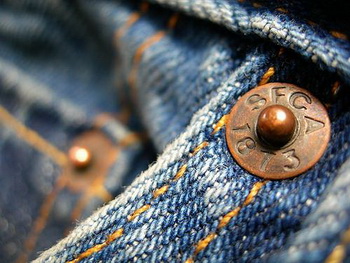 Photo
Photo 